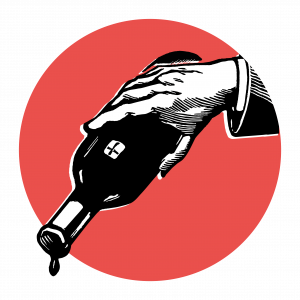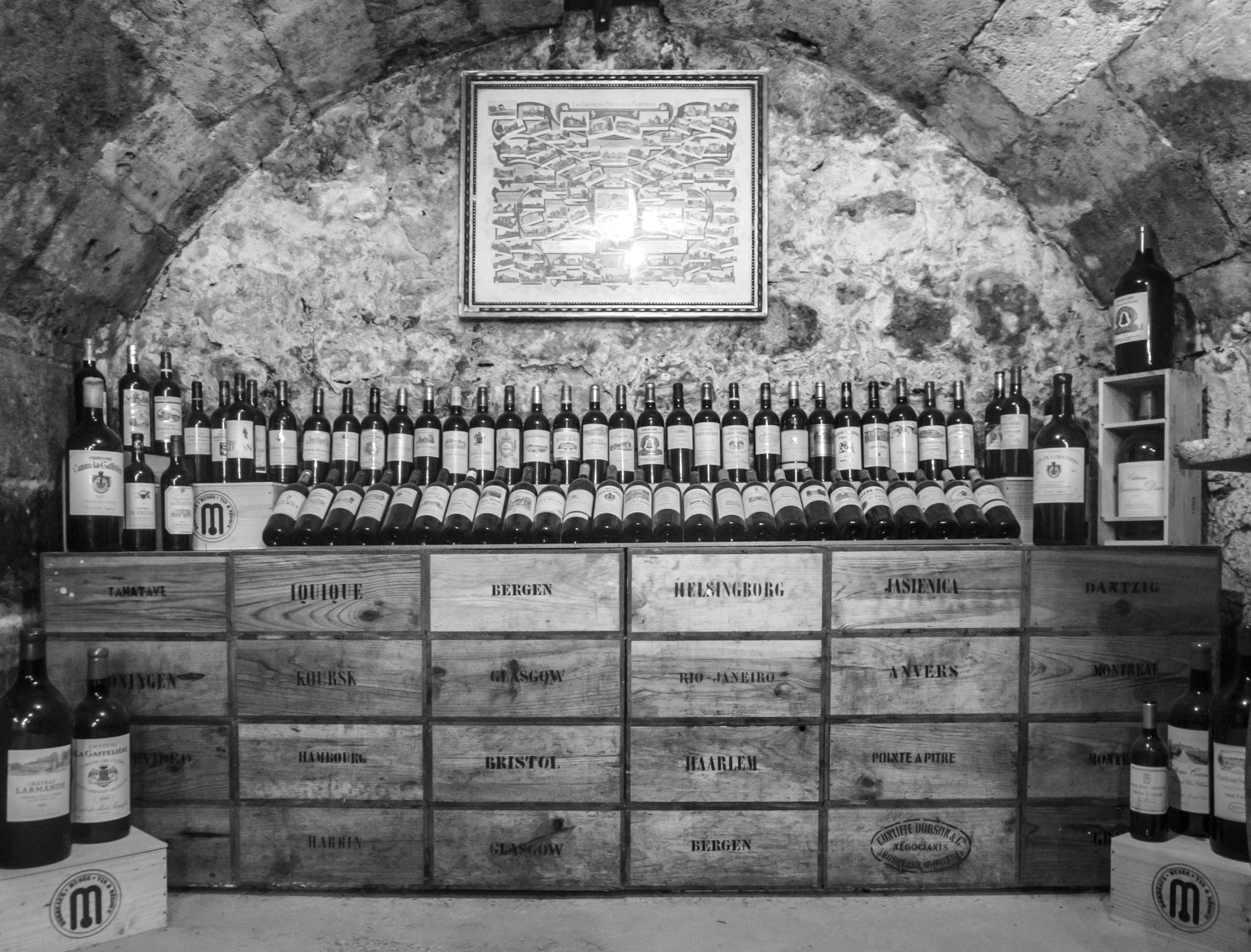Every so often, the UK’s wine-writers are known to take a road to rebuke, whereby the drinker comes under fire for supporting/ignoring (delete as applicable) a certain type of wine that said hacks deem unacceptable. For example, the most prominent complaint currently is the ubiquity of Prosecco over better quality fizz. Why would one bother with Italy’s disposable froth, when Cava offers such a better deal? Why swerve superior French bottles of sparkling ‘crémant’ (made by the champagne method, from classic French regions such as the Loire and Burgundy), at a similar price-point?
Meanwhile, this hot summer of 2018 has given rise to a plug (well deserved, to be fair) for Beaujolais (NOT Nouveau), it being one of the few reds that work exceedingly well from an ice bucket. Having said that, every red could be chilled down during June and July, such have been the temperatures. But we digress.
Perhaps the most regular journalistic rant concerns the Riesling grape. Jancis Robinson’s Oxford Companion to Wine declares it to be possibly “the finest white grape variety in the world on the basis of the longevity of its wines, and their ability to transmit the characteristics of a vineyard without losing Riesling’s own inimitable style.”. Heady stuff.
And so say all of us in the trade. For there is great reverence in our corner, especially when sales remain forever flat and we often end up drinking much of our own stock (no hardship whatsoever!). We harp on about links to the bad old days of 1980s Liebfraumilch (you might remember the odd brand…), when tasteless, sugary liquid was shipped from Germany by the tanker-load. No wonder it has always been a tough punt, what with carrying all that ‘baggage’. But that was then, this is now, we have a brave new world of consumer in the house, correct? Surely, the market is ripe, nay overdue, for conversion?
Well, apparently not! To paraphrase a well-known politician, one cannot buck the markets: Pinot Grigio, New Zealand Sauvignon Blanc, and Chardonnay (still hanging on in there) continue to dominate people’s preferences. Easy to drink, easy to understand both labels and flavours, and therefore easy on the amount of time it takes to get wine into glass. That last bit has arguably become the most crucial part of the equation. Whatever, the fact remains that Riesling resembles a young chick learning to fly, never quite getting off the ground.
Anyway, with all that in mind, we would hate it if readers of the Property Chronicle felt they were missing out on a tutorial, deprived of a lambasting tirade. Then again, one can fill one’s boots from social media on that front, it’s never been simpler to experience a broadside. However, a little steer towards one of France’s most under-rated regions (and not just for wine) might not go amiss, one to which us Brits seem to pay little attention.
For Alsace is simply glorious. Bound by the Vosges mountains in the west, the majestic Rhine to the east, its position meant that France and Germany fought over it for hundreds of years – the phrase ‘tug of war’ has never been more apt, with the obvious result of a unique mélange of the two cultures. The main cities of Strasbourg and Colmar ooze refinement amidst their stunning architecture and canals, while smaller towns, such as Riquewihr, Eguisheim, and Ribeauvillé, are medieval masterpieces.
But what about the vinous side of things? Now, whereas their German counterparts are known for labels that can seem totally indecipherable, the Alsaciens were even way ahead of the New World in their descriptions. For the majority of bottles simply tell the consumer from what grape the wine has been made. Pinot Blanc (superbly versatile, an all-purpose, easy-quaffing number; Muscat (dry, rather than sweet, and an unusual drop in that it actually tastes of grapes); Pinot Gris (a bit fuller than the Blanc, richer, too, very much one for food, yet still adaptable); and the quirkiness that is Gewürztraminer, intensely floral and aromatic.
Oh, and did we mention Riesling? Perfumed, mineral, racy, it’s arguably the top drop in the appellation, and the only wine-growing area of France where it is officially allowed to be planted. So far, so white, but for those who require a red wine fix, there’s delicious Pinot Noir (ideal with pigeon). And need an apéritif? Excellent Crémant (see above), making up almost a quarter of the area’s production.
Occasionally, the wines come with the qualification ‘Grand Cru’, signifying a superior vineyard site, and these can sometimes be ‘Vendange Tardive’, indicating a late picking that gives the fermented juice extra depth and texture; and if you’re lucky enough to be offered a ‘Sélection de Grains Nobles’, this will be a dense, sweet wine, affected by ‘noble rot’ that concentrates the juice in the berries. Alsace’s answer to Sauternes, and every bit as complex.
Furthermore, here lie some of the world’s finest vineyards, such as the Clos Ste Hune within the Grand Cru of Rosacker, or the plot of Clos Saint Urbain, situated in the supremely monickered Rangen de Thann. Wine-makers like Olivier Zind-Humbrecht and Marcel Deiss are esteemed by their peers, as are the estates of Weinbach, Josmeyer, Trimbach, and Hugel (soft ‘g’, French, or hard ‘g’, German?). Furthermore, there is enormous value to be had: sure, the very, very best can be expensive, that’s always the way, but there’s so much that delivers awesome ‘rapport prix/qualité’. Yet are these wonderful bottles being regularly consumed? Sadly, rarely…so come on, get a grip!
Right, how did that rate on the rail? No matter, we’ve got a cheap flight to Basel to catch. Hire the Avis, head west towards the hills, and turn north for Colmar…catch a beer, or two, at Les Trois Singes, then La Soi for ‘tartes flambées’, washed down with a variety of pichets (very possibly some Riesling involved at this juncture). And if we’re feeling like we’ve eaten too much local Munster cheese, nothing that a small Framboise Sauvage won’t be able to sort. Perfect.








